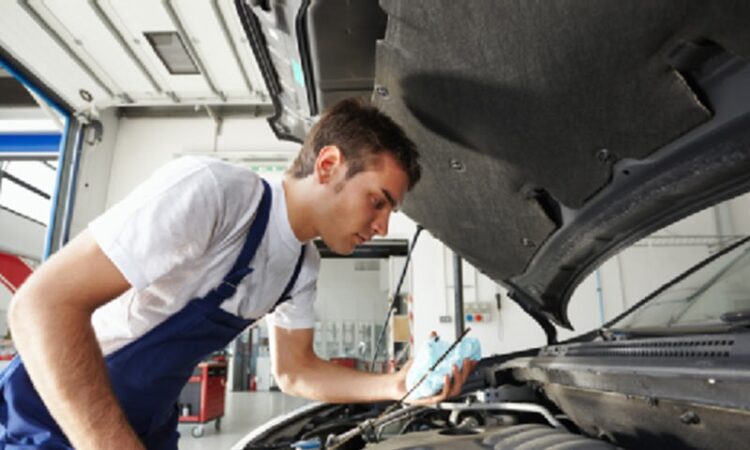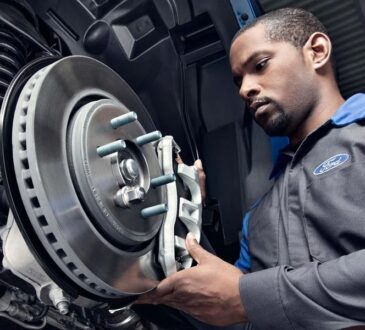
The hood latch mechanism is a critical yet often overlooked component of a vehicle. Its primary function is to securely hold the hood in place, protecting the engine compartment and preventing it from flying open while driving. A malfunctioning hood latch can compromise both the security of the engine and the accessibility required for routine maintenance or repairs. Understanding the common causes of latch failures, their symptoms, and preventative measures is essential for every car owner.
Common Causes of Hood Latch Failures
Several factors can contribute to a malfunctioning hood latch. Corrosion due to exposure to moisture, road salt, and other environmental elements is a prevalent culprit. Over time, rust can weaken the latch components, making them brittle and prone to breakage. Another common cause is cable stretch or breakage. The cable connecting the interior hood release lever to the latch can gradually stretch with use, leading to insufficient tension for proper latch operation. In other cases, the cable can snap entirely, rendering the release lever useless. Impact damage from minor accidents or even forceful hood closures can also damage the latch mechanism, bending or misaligning its components.
Symptoms of a Failing Hood Latch
Recognizing the early signs of a failing hood latch is crucial for preventing more significant problems. A hood that is difficult to open or close is a common symptom. You might have to exert excessive force on the release lever or slam the hood repeatedly to get it to latch properly. A hood that rattles or vibrates while driving is another potential indicator of a loose or improperly secured latch. Visually inspecting the latch mechanism may reveal signs of rust, corrosion, or physical damage. Additionally, if the hood release lever inside the car feels loose or unresponsive, it could indicate a problem with the cable connection or latch mechanism itself. Choosing the Auto Repair in Savannah, GA based service would be essential here.
Impact on Engine Security and Accessibility
A faulty hood latch directly compromises the security of the engine compartment. A hood that is not securely latched can unexpectedly fly open while driving, obstructing the driver’s view and potentially causing an accident. Furthermore, an improperly secured hood can leave the engine components vulnerable to theft or vandalism. Beyond security concerns, a malfunctioning latch significantly hampers accessibility to the engine for routine maintenance tasks such as checking fluid levels, replacing filters, or performing repairs. Delayed maintenance due to inaccessibility can ultimately lead to more costly repairs down the line.
Preventative Measures and Maintenance
Regular maintenance and preventative measures can significantly extend the lifespan of the hood latch mechanism. Periodically lubricating the latch components with a quality penetrating oil can help prevent corrosion and ensure smooth operation. Inspecting the latch and cable for signs of rust, damage, or wear is also recommended. If any issues are detected, addressing them promptly can prevent them from escalating into more significant problems. Avoid slamming the hood shut, as this can damage the latch mechanism. By implementing these simple maintenance practices, car owners can ensure the continued proper functioning of their hood latch and protect the security and accessibility of their engine compartment.




